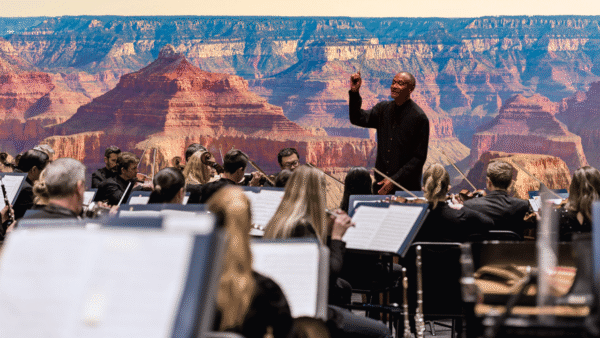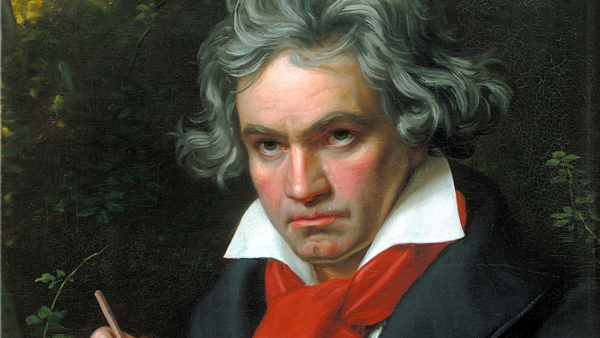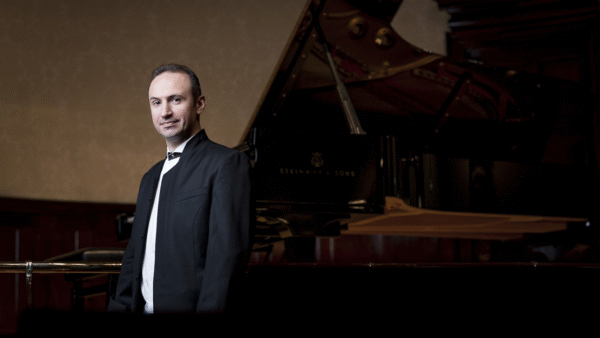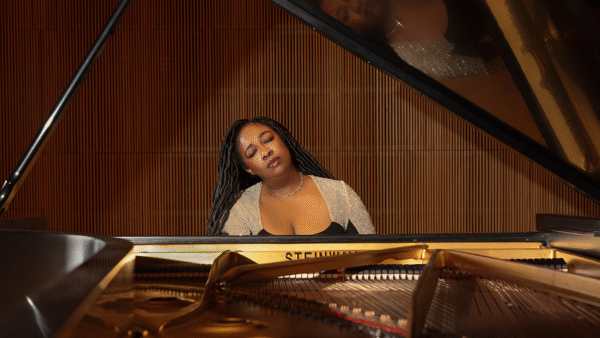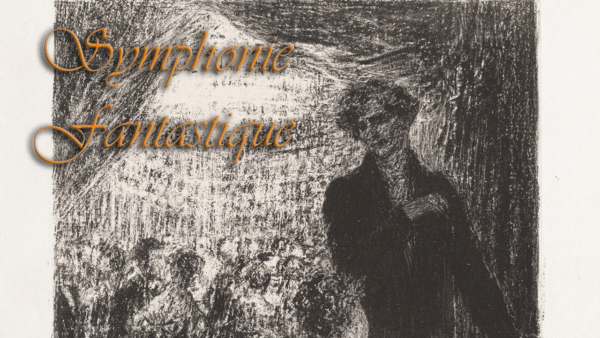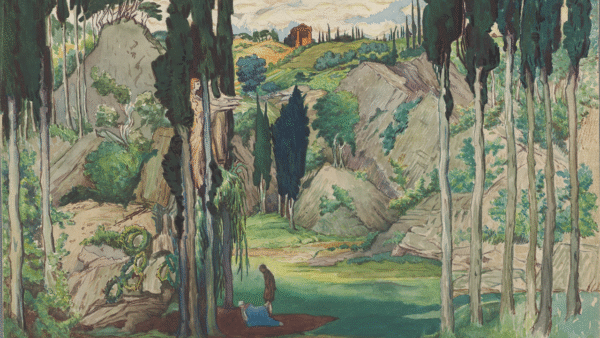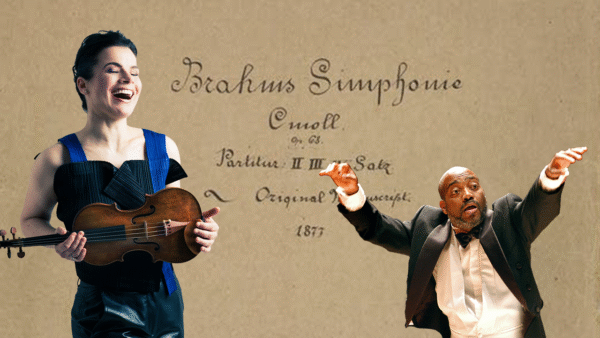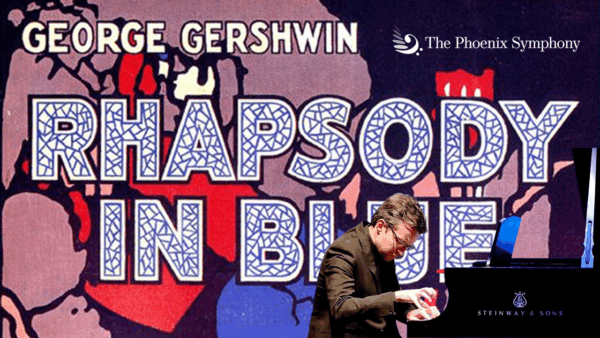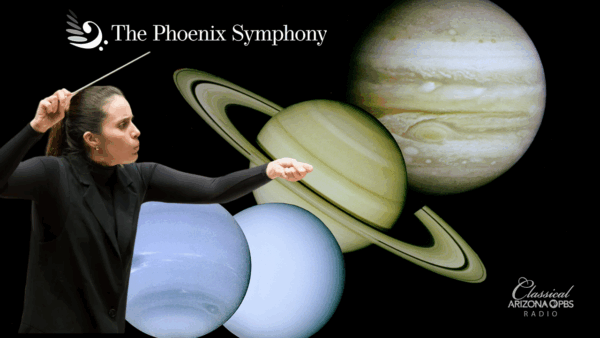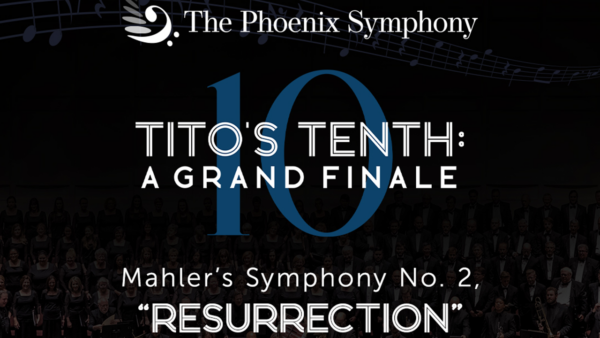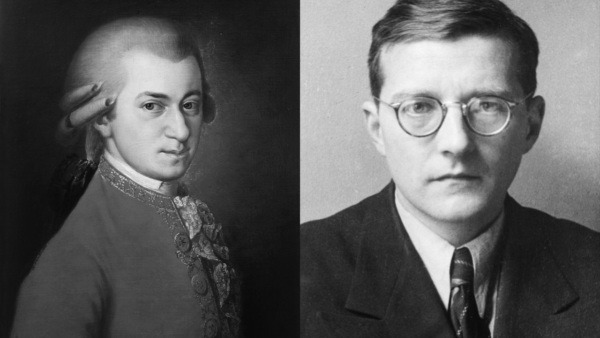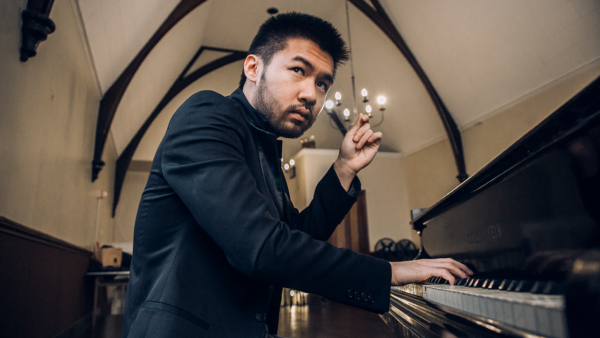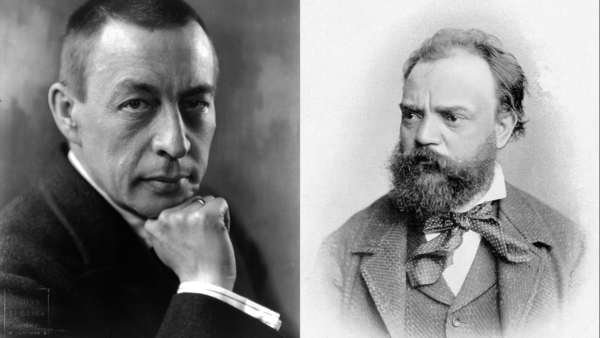Belshazzar’s Feast
Nov. 13, 2023
If you like exciting large-scale orchestral works and the piano, the next broadcast by The Phoenix Symphony, Monday night at 7:00 p.m., is for you! Two epic works anchor the program: Johannes Brahms’ 50-minute Piano Concerto No. 2 in B-flat major and Sir William Walton’s cantata Belshazzar’s Feast, which features an enhanced orchestra, a 122-voice choir, and a baritone soloist. Virginia G. Piper Music Director Tito Muñoz conducts this program, recorded on April 14, 2023, at Symphony Hall with guest soloists Jeremy Denk on the piano and baritone Norman Garrett.
Brahms
Johannes Brahms wrote to Clara Schumann about his Piano Concerto No. 2 in B-flat major saying, “I want to tell you that I have written a very small piano concerto with a very small and pretty scherzo.” The irony, intentional or not, is that the work is anything but small, more of a symphony for piano and orchestra.
Part of what makes this piano concerto unique is that it veers away from the standard three-movement concerto form typical of the Classical and Romantic eras, expanding it to four movements. It took Brahms about three years (1878-1881) to complete the concerto and his typical “schedule” sheds some light on the length to compose the piece. He would do concentrated composing in the summer months while on vacation in Austria or Switzerland then use the winter months for sketching musical ideas and performing as a pianist.
Methodical work and Brahms were no strangers. It took him 15 years to complete his first symphony. Still, the second piano concerto comes 22 years after his first piano concerto, which was not well received by critics or the public. Given that there are only two other concertos in his complete musical output – the Violin Concerto, also composed in 1878, and the Double concerto from almost ten years later– it could certainly have been that the concerto form wasn’t where he felt most comfortable.
Still, the Second Piano Concerto is nothing short of a masterpiece. It is an endless stream of melodic invention, fevered dialogue between the piano and the orchestra, and crescendos of excitement. The work is structured in such a way that it’s not unusual for audiences to applaud in between movements, which was also a common occurrence when the concerto was new.
The Brahms Second Piano Concerto has been part of pianist Jeremy Denk’s life since he was a teen. In his 2022 memoir for Penguin Random House, Every Good Boy Does Fine, he mentioned mastering a particularly difficult passage and learning to trust himself:
[Pianist György] Sebők gave a master class, at which I was scheduled to play. …I played through the first movement of Brahms’s Second Concerto. …I played with nervous caution, missing a few notes. In front of everyone, Sebők told me to close my eyes for a full minute. There was silence, and I could smell the smoke from his cigarette. Then he told me that I knew the piano better than I imagined. (This rang some bell in me.) He had me visualize the whole area of the keyboard around and including that low F that I had to start with; he enumerated notes to think about, the dangerous E-natural next door, the F-sharp just above; and then—he was very rational as he led me, step by step, through this mystical procedure—he had me play the very treacherous passage with my eyes still closed, throwing my left hand confidently into darkness. Whether it was chance, or whether Sebők had managed to unlock a subconscious knowledge of the keyboard accumulated through years of practice, I nailed the passage. The sound was deeper and richer, even thunderous. A lifetime of difficulty had been replaced with a moment of ease.
Walton
Sir William Walton was born in 1902 and died in 1983. His first compositions did not capture the interest of the public at large until he wrote Façade, an “entertainment” based on the poems of Edith Stilwell; the work had its first public performance in 1923. While it was a mixed success, it landed Walton on the next rung compositional ladder as more people were now aware of him.
In 1929 Walton had received a commission from the BBC to write a small choral work with an orchestra of no more than 15 instruments. Clearly, a musical work about the fall of Babylon, with a text pulled from the Bible’s Book of Daniel and Psalm 137, could not be contained to 15 instruments. Walton’s “small choral work” ended up having a vocal soloist, a 122-voice choir, and a very large orchestra – including a saxophone, organ, piano, and a large percussion section that includes a whip and an anvil.
When the work was being prepared for the premiere at the Leeds Festival, the historically quick-witted conductor Sir Thomas Beecham joked with Walton saying, “As you’ll never hear the thing again, my boy, why not throw in a couple of brass bands?” The Berlioz Requiem, which has a brass band, was also performed at the festival. Since the band was available, Walton added it.
The work’s ten sections can be divided into three themes: the lamentations of the Israelites in exile; the feast where Belshazzar sees the writing on the wall, prophesying the fall of Babylon and his own death; and exaltations celebrating the Babylon’s fall after Belshazzar’s death. This technicolor and dramatic work is played without pause.
The Phoenix Symphony Chorus’s Chorus Master is Thomas Bookhout. Founded in 2001, the Chorus serves as a professional-level performing partner for The Phoenix Symphony. The Chorus is comprised of over 140 volunteers and is governed by its own members in partnership with the Chorus Master and The Phoenix Symphony staff. Chorus members collectively donate more than 12,000 hours of service to music and The Phoenix Symphony each year.
This program by The Phoenix Symphony promises to be exciting and inspiring. You can hear it on KNAU Arizona Public Radio, 89.5 Classical KBACH, and DTV 8.5, Classical Arizona PBS on Monday night at 7:00 p.m. with host Mike Bolton.
Featured in this episode:
I. Allegro non troppo
II. Allegro appassionato
III. Andante
IV. Allegretto grazioso—Un poco più presto
Walton - Belshazzar’s Feast -The Phoenix Symphony; Tito Muñoz, conductor; Norman Garrett, baritone
I. Thus Spake Isaiah
II. If I Forget Thee
III. Babylon was a Great City
IV. In Babylon, Belshazzar the King
V. Praise ye the God of Gold
VI. Thus in Babylon, the Mighty City
VII. And in that Same Hour
VIII. Then Sing Aloud to God our Strength
IX. The Trumpeters and Pipers
X. Then Sing Aloud to God our Strength
Haydn - Symphony No. 69 in C Major, "Laudon" - The Phoenix Symphony; Tito Muñoz, conductor
I. Vivace
II. Un poco adagio più tosto andante
III. Minuet & Trio
IV. Finale: Presto









